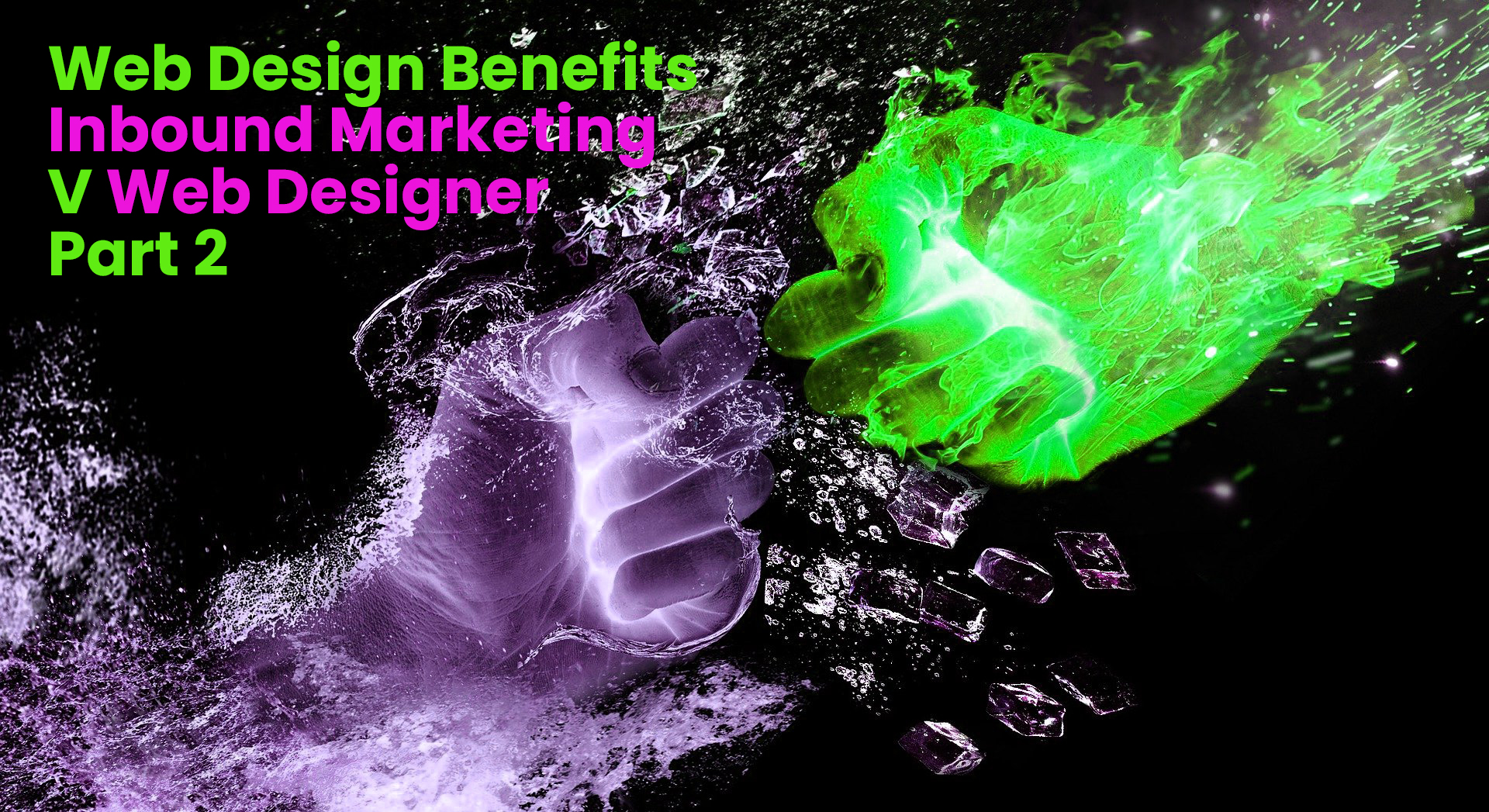Paid media marketing is great isn’t it? You line up an audience, in the ‘frame of mind’ to buy your product or service, and you make them a compelling offer. The sales roll in! It's like magic! Your sales problems are solved, every time you want to turn the tap on, you just buy another campaign and generate more sales.
Except it's not quite as simple as that is it? At Real Inbound we regularly have conversations with people whose ROAS is declining. That is, the ‘Return On Ad Spend’ which invariably seems too good to be true, is starting what seems like an inevitable decline.
What went wrong?
And more importantly, how do we fix it?
The big advantage of targeting people with intent to buy is, well, their intent to buy! But in any one market or segment, that demographic is limited by definition to only those people who have the intent to buy. Lets use an example. In an identified market of 20M people, 1 million have an intent to buy - make sense?
So we target those guys, and potentially target them over and again. It's a relatively small market (by definition) and so eventually you suffer paid media ad burn, and the campaign effectiveness starts to drop off.
To try and fix this, we change up ad segments and audiences and even the ad copy. All of which are important to do, but doesn’t solve the basic issue. Which is you are still talking to the same people over and over.
You’d be better off ‘resting’ the high intent campaign and relaunching it once the buying cycle has passed through, or your ads and messages have impact again.
The Outcome
The downside to this is that the traffic leads and sales coming into your site from paid media marketing, dries up. With the tap switched off, nothing is happening and that's a very uncomfortable place to be! Which is why we keep spending that money on the increasingly less effective Facebook campaigns. They may not be working as well as they were, but at least it's something…
Paid media traffic clearly works, and clearly is an essential part of the mix for any self respecting marketing professional. But what other aspects should we consider?
Organic Traffic
The fashion for organic traffic seems to have passed by a little. But traffic that searchers find as they go about their normal day to day, without you having to pay to reach them, is like gold dust. In order to create this sort of traffic, it's essential to understand the questions people in the buying cycle for your product will have.
The buying cycle runs from unawareness to awareness to comprehension, conviction and action. We should be building content that people in each part of the cycle find invaluable.
- Content to help people understand that they have a fixable problem.
- Content that helps them understand the solutions available.
- Content to help them make their minds up.
- Content to reassure them they are making the right decision.
- Content to help them push the button and buy.
The best thing about this sort of content, content that's sometimes called evergreen content, is that it's not time sensitive or seasonal, its applicable all year round and to all sorts of different people. In fact, different people are in each segment at different times, meaning it's far easier to keep that audience refreshed, and open to your messages.
The upshot of this evergreen content is that it brings a consistently fresh element of new people to the site. Meaning you are constantly recharging your sales cycle and the people in it.
The Funnel
It’s vital to pay attention to the environment that you are asking your customers to navigate. If your page loads slowly, or it’s hard to find what they need, potential customers don't give us a second chance. They’ll click off and head for another site that offers the same or similar products or services.
The flow of the site and the buying process must be easy to follow, frictionless and one that inspires trust and reassurance in your business and your product as the potential customers move through it. If its not doing that, you are dropping potential sales out of the funnel at each stage.
And don’t forget the cart. Its right at the end of the process, so it's easy to forget. But it's not uncommon for 80% or more of carts to be abandoned before completing a purchase. And these days it's really easy to run activity designed to tempt people back. For instance, Shopify provide a one stage automated email send to anyone that's abandoned the cart, or you can look for specialised tools that send a series of emails, or even retarget the customer with attractive offers to make them reconsider and return to complete their purchase.
Average Order Value (AOV)
Increasing your average order value has a huge impact on increasing your Return On Ad Spend (ROAS). It's easy to overlook this part of the equation as we fiddle with the CTR and CPC of the paid media. But increasing this side of the equation will drive incredible value.
There are two elements (at least) to increasing AOV. One is unit price, the other units sold. If you sell one item at £10, then your AOV is £10. On other other hand, if you sell two items at £10, your AOV quickly becomes £20! And it's even better when you are able to drive unit price too. Two items at £11 makes for an AOV of £22.
And if you are really clever and have a good handle on your P+L, then you can use unit price to increase AOV. For instance, one item at £10 each, two at £9 each and 3 at £8 each, which seems a worthwhile discount to the client, would see AOV of £10, increasing to £18 and even £24. Huge impact on the ROAS.
The message is clear
It's not enough to laser focus on your target audience, intent and ad copy. The conversion of your paid media marketing, the CTR and CPC etc. are vital metrics yes. But they are not the only metrics you need to be concerned with.
Ensure your site is working well and providing your potential customer with as seamless an experience as possible. Make sure you are addressing your potential customers at every stage of the journey, not just where it makes sense to, at the bottom of the funnel. And make sure your average order value metrics are helping you to drive the ROAS too.
Ultimately, all these things, and more, go into a successful marketing campaign. If you want to find out more about this topic, or understand what else you need to be aware of, get in touch for a free no obligation conversation!






